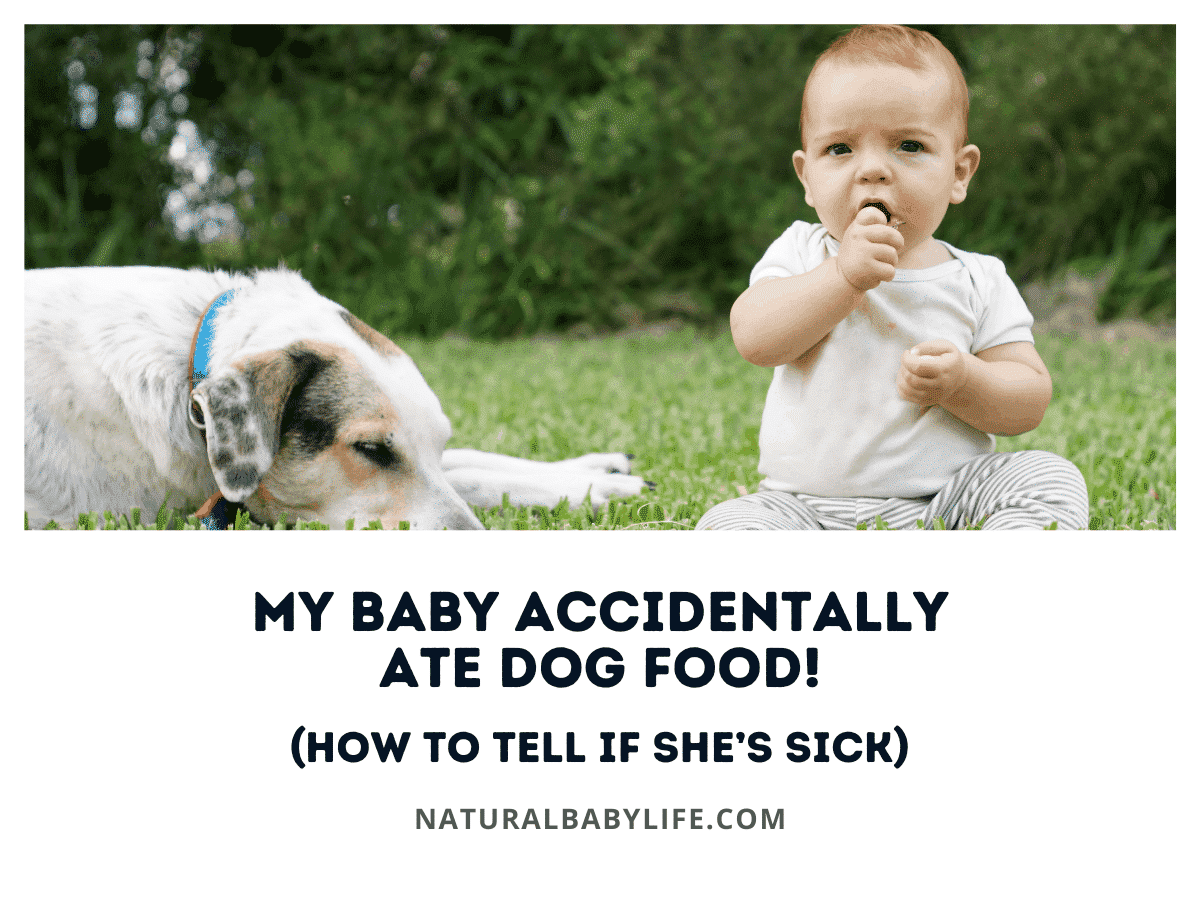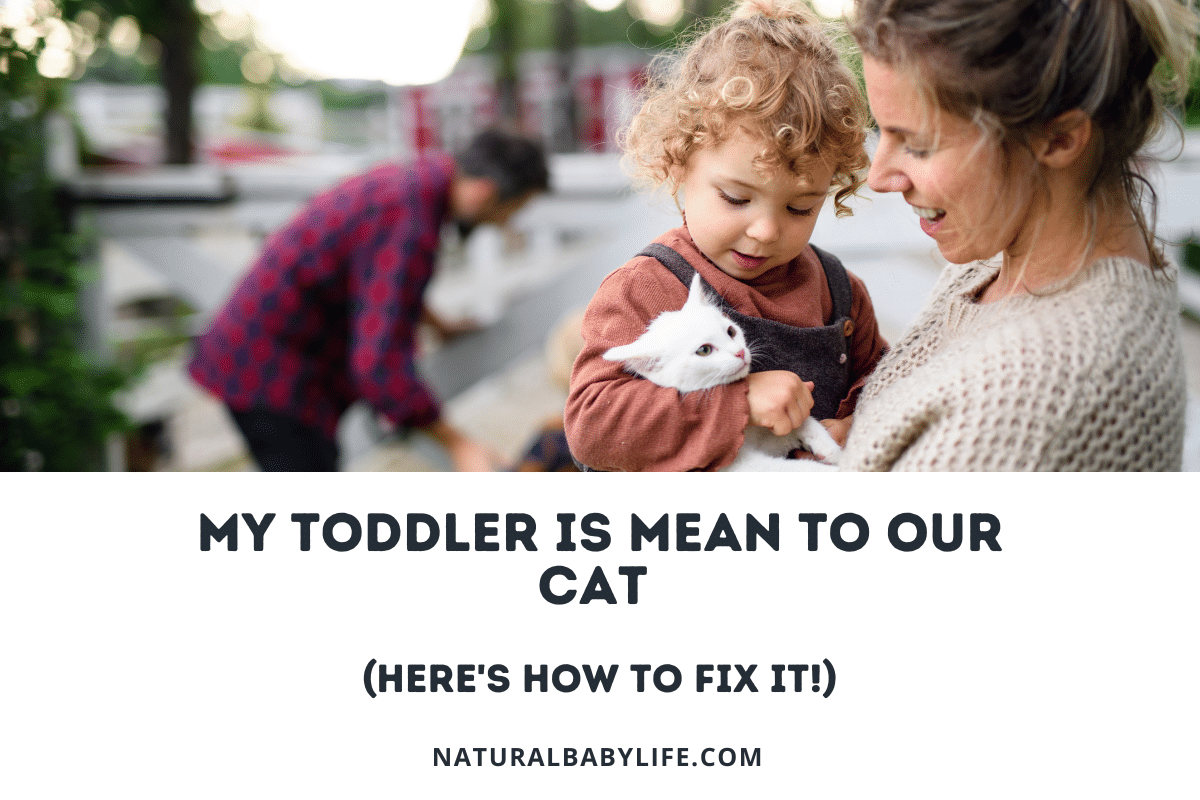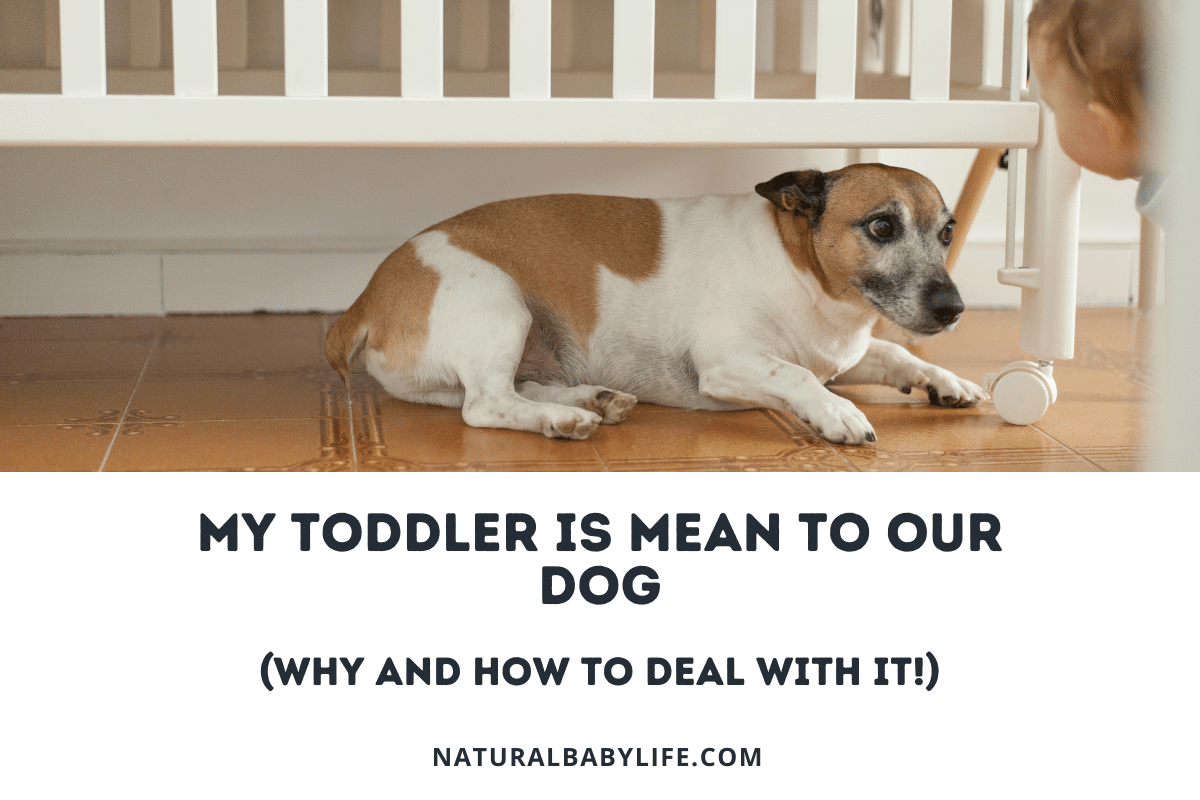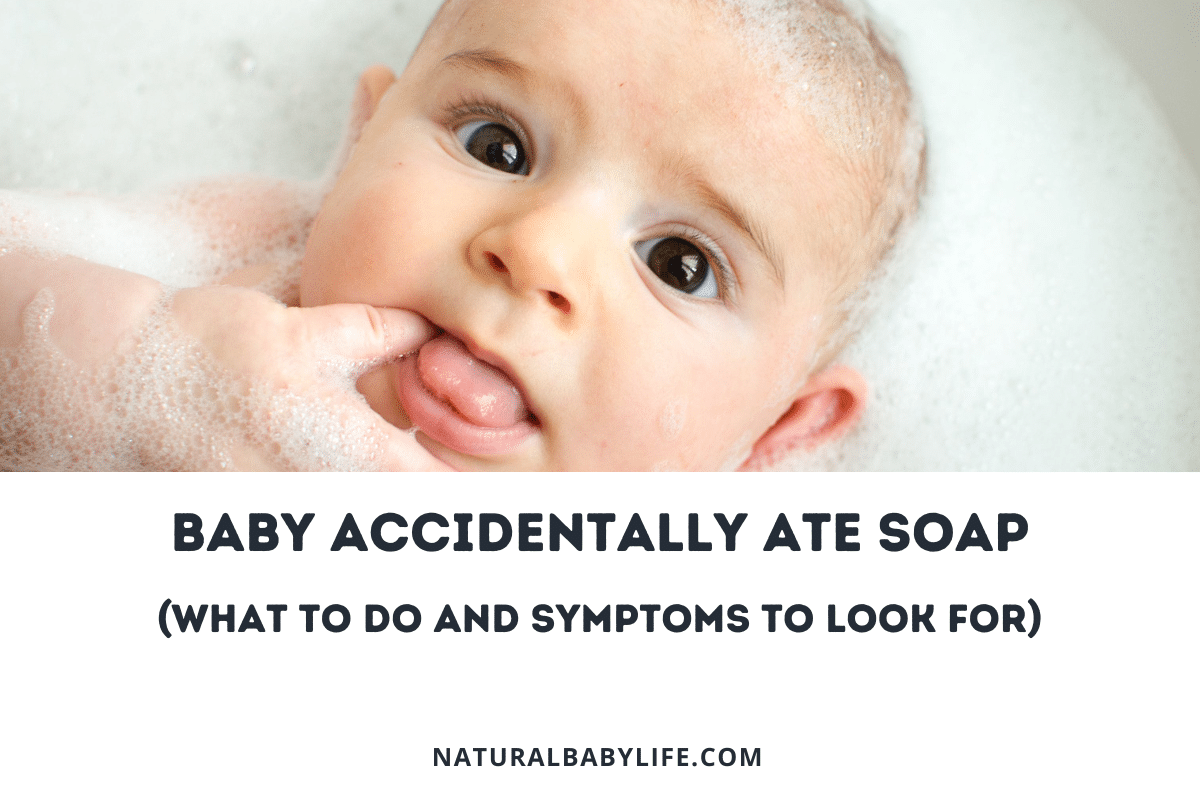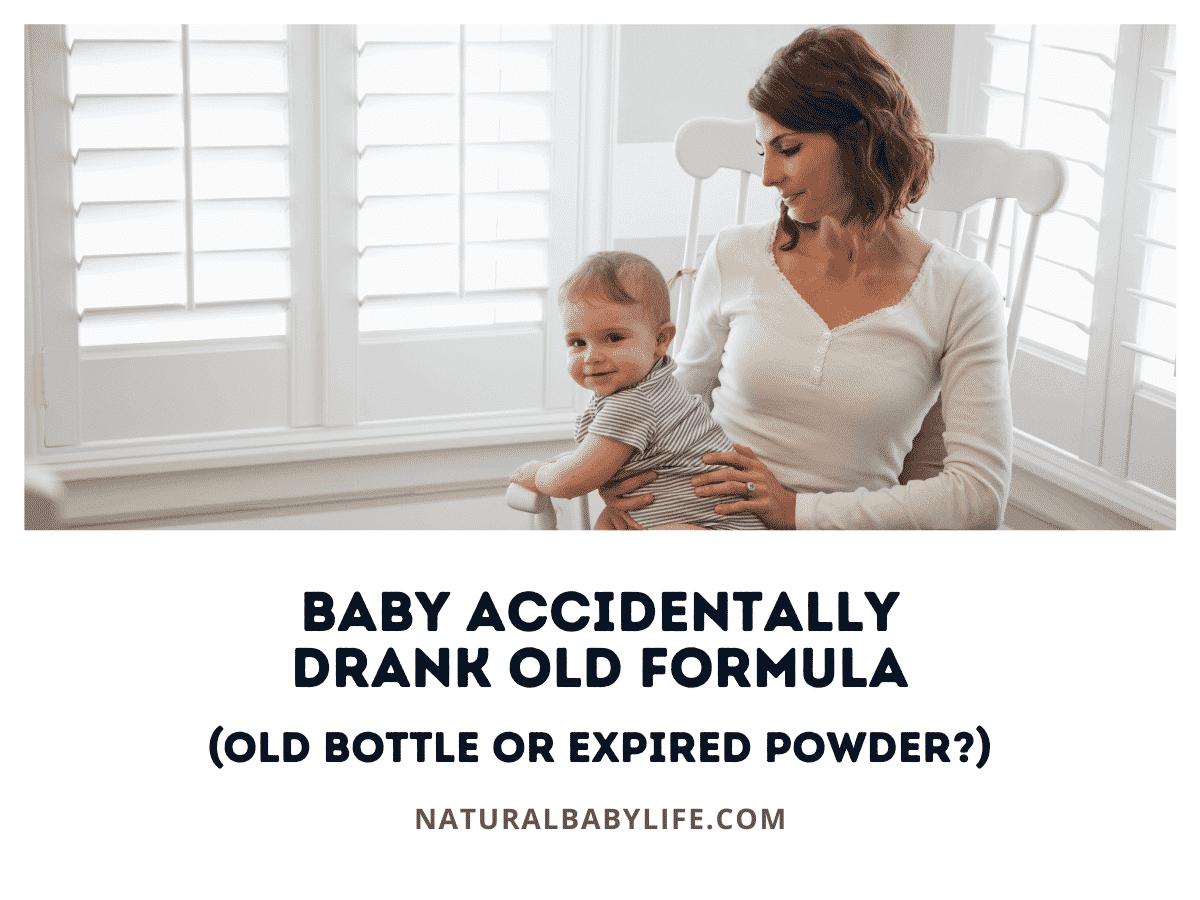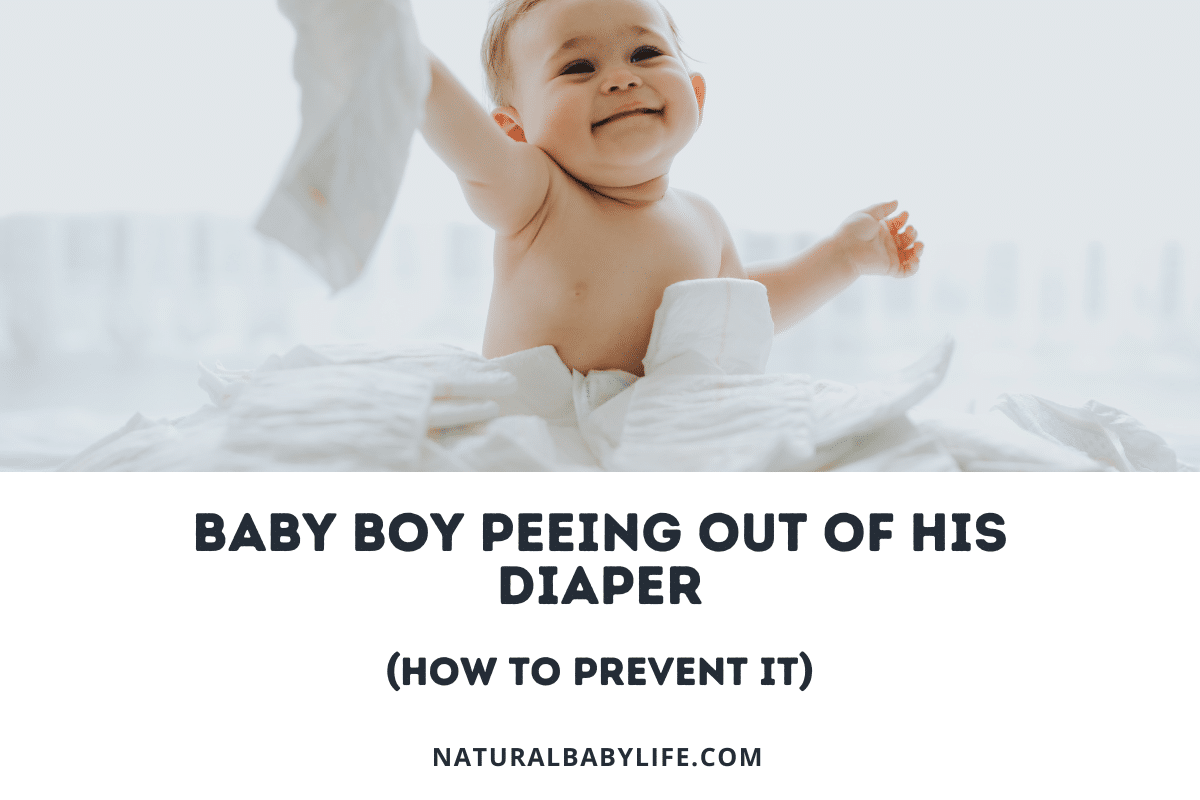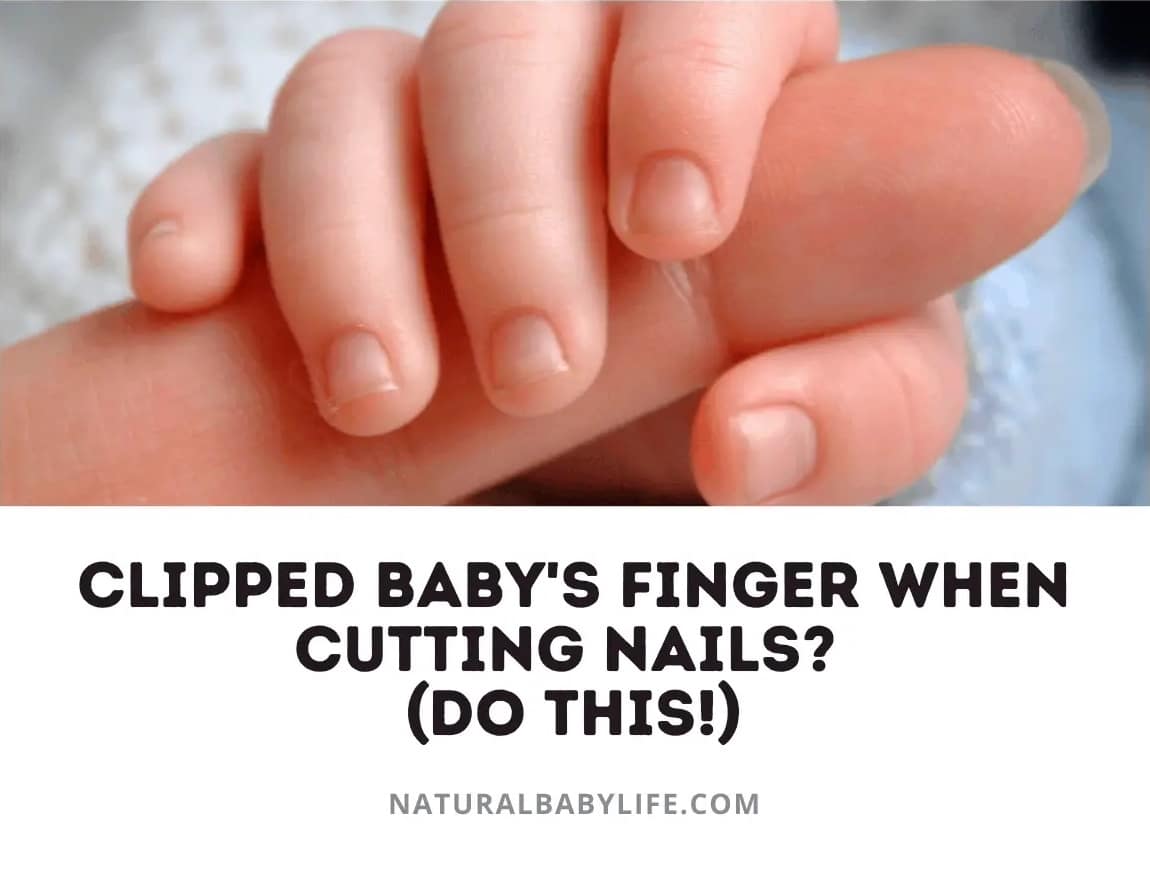As a parent of a young child, it can often feel like trying to keep your child safe is a full-time job. You’ve prided yourself on baby proofing every spot of the house but one area has escaped your attention: the dog food bowl. And, now, you walk in the room and find your child stuffing dog food in his mouth.
Most dog food ingredients are non-toxic, and chances are your baby will be perfectly fine even if they eat a small amount of dog food. In fact, the primary risk when your child eats dog food is choking. If your child has eaten more than a small amount or is exhibiting any abnormal symptoms, contact Poison Control or your child’s doctor immediately.
Read on to learn more about the safety of dog food when eaten by a baby, including what to do if you suspect a Salmonella infection, as well as some tips to prevent this from happening in the first place.
Table of Contents
What happens if my baby accidentally eats dog food?
If your baby has accidentally eaten a small amount of dog food, try not to panic. Most types of dog food (and pet food in general) are non-toxic and contain similar ingredients as to what might be found in a human diet.
Contact the Poison Control Center hotline at 1-800-222-1222 if your child has eaten more than a little bit of food or if they start showing signs of food poisoning.
Keep an eye out for any signs of choking as the larger pellets of dog food could get stuck in your child’s airway.
Contact your child’s physician if your child develops a fever, diarrhea, vomiting, or stomach cramps as these could be signs of Salmonella poisoning.
Can eating dog food be dangerous for baby?
The good news is a small amount of dog food eaten by your baby is unlikely to be harmful.
Choking is a concern depending on the size of the dog food so observe your child for any signs of distress. It is also possible that your child could have an allergic reaction to an ingredient in the dog food.
The other hidden dangers could be lurking in the bacteria in the dog food bowl or if the pet food is contaminated with Salmonella. Monitor your child for any unusual symptoms such as diarrhea, vomiting, fever, or stomach cramps and contact your child’s physician should they occur.
Salmonella
One concern you may have never thought of when it comes to your child playing with or eating pet food is that they may be at risk for contracting Salmonella. The most serious health risk associated with Salmonella and pet food comes from pets who eat a raw food diet.
However, there have been reported cases of Salmonella in young children that have been linked back to dry pet food that was contaminated at the manufacturing plant.
Here are some tips for safe handling of pet food that can help you avoid bacterial contamination:
- Purchase pet food products in good condition (meaning no dents or tears in the packaging).
- Wash hands thoroughly – at least 20 seconds – before and after handling pet food.
- Wash pet food bowls thoroughly with dish soap and hot water after each use.
Signs and symptoms of a Salmonella infection
Dealing with a potential Salmonella infection can be a scary situation, especially with children under the age of 5 as well as the immunocompromised, pregnant women, and the elderly.
Keep an eye out for these symptoms of a Salmonella infection which can occur anywhere from 6 hours to 6 days after ingestion:
- Fever
- Diarrhea – possibly severe or bloody
- Vomiting
- Stomach cramps
When to seek medical attention
If your child does come down with Salmonella poisoning, the sickness will more than likely be able to be managed at home.
Contact your child’s doctor as they will probably tell you to increase your child’s fluids and may have you give them an oral rehydrating solution such as Pedialyte.
If your child does not clear the infection within a few days, or if they run a high fever, have bloody stools, or appear dehydrated seek prompt medical attention.
Choking hazard
If your child has eaten dog food, keep a close eye on them.
The pellets of dog food, especially food made for larger dogs, can be a choking hazard.
Signs your baby is choking and required immediate first aid:
- Can’t breath
- Gasping or wheezing
- Can’t talk, cry, or make any noise
- Turn blue
- Grab at their throat
- Appear panicked
- Become limp or unresponsive
If your child appears fine but your dog eats larger size kibble, it may still be wise to put in a call to your child’s doctor to see what they recommend as sometimes items can be lodged in the windpipe without symptoms.
Ingredients
As a whole, most pet food is non-toxic and will not be dangerous if small amounts are consumed by young children. However, that’s not to say it’s good for you. Be aware that pet food is not nearly as regulated as human food. Some pet foods may be heavy in fillers, additives, and low-quality meat that could at the very least make your little one’s belly ache.
Higher quality dog food brands such as Blue Buffalo, Purina Pro Plan Focus, and Wellness will contain less of the bad fillers and additives than their more budget-friendly counterparts. It could be worth investing in better quality pet food for peace of mind.
Also, your child could potentially be introduced to an ingredient they’ve never had before so an allergic reaction is something to look out for. Seek prompt medical attention or call 911 if your child appears to be having a negative reaction.
Signs of an allergic reaction:
- Tingling in the mouth
- Swelling of the lips, tongue, face, or throat
- Hives
- Anaphylaxis
Dirty bowls
It’s probably hard enough to find time to sweep up loose kibble and wipe up some errant water spills, so is it worth your time to clean and disinfectant your pets’ bowls after every use? If your animals eat anywhere that your baby is likely to be crawling, playing, or grabbing, it definitely is!
Dog food and water bowls are one area that often gets overlooked when it comes to cleaning and may be just another cause for concern if your little one has eaten dog food.
The National Sanitation Foundation (NSF) found in a 2011 study that the pet bowl was the fourth germiest spot in the home. All the saliva and drool that makes its way into your dog’s bowl can cause biofilm which is a build-up of a glue-like substance that can harbor an array of harmful bacteria from staphylococcus aureus to E. coli.
If your child has eaten dog food from a bowl that hasn’t been properly cleaned and sanitized, you may want to call your child’s pediatrician for some guidance to see if there are any signs or symptoms you may want to be on the lookout for.
What to do if baby eats dog food
A small amount of dog food being eaten by your baby is unlikely to harm them, but you should monitor them closely for any signs of choking or an allergic reaction.
If your baby has consumed more than a small amount or if you are unsure how much they have eaten, contact the Poison Control Center at 1-800-222-1222.
Stop baby from eating dog food
Being proactive is always the best strategy when having small children in the house.
Just as you baby-proofed the outlets and cabinet doors in your home, you can also take steps to keep the pet food out of reach of your little ones.
Remove pet bowls from kitchen
Try keeping the pet food out of common areas of the home like the kitchen.
Areas like a laundry room or mudroom, where your child is less likely to spend a majority of their time, can be a great alternative.
Use baby-proof dog food bowls
While there are not technically any dog food bowls marketed for this purpose, I did find a few unique bowl designs that would work pretty well for keeping young children out.
One option would be this Programmable 5 Meal Pet Dish. There is a 5 section tray feeder that you prefill and then program to release one section of kibble at a time. You could even program meal times to occur when your baby was napping, asleep, or out of the house.
Another option, though a little pricier, is this SureFeed Microchip Dog and Cat Feeder that only opens when sensing your pet’s unique microchip or RFID collar tag.
Install baby gates with small door for pets.
These Carlson baby gates are great for smaller pets as the design allows the pet to travel freely while keeping baby out.
Make sure child knows they aren’t to touch.
While we may assume our child knows not to mess with the pet food and water, have an intentional sit-down conversation with them about the dangers of eating and playing with pet food once your child is old enough to understand.
Schedule pets eating sessions
Keep pets on an eating schedule that ensures they are being fed while your baby is occupied with other things, ideally during nap and bedtimes.
When your pet is done eating, clean and remove pet bowls until the next feeding.

